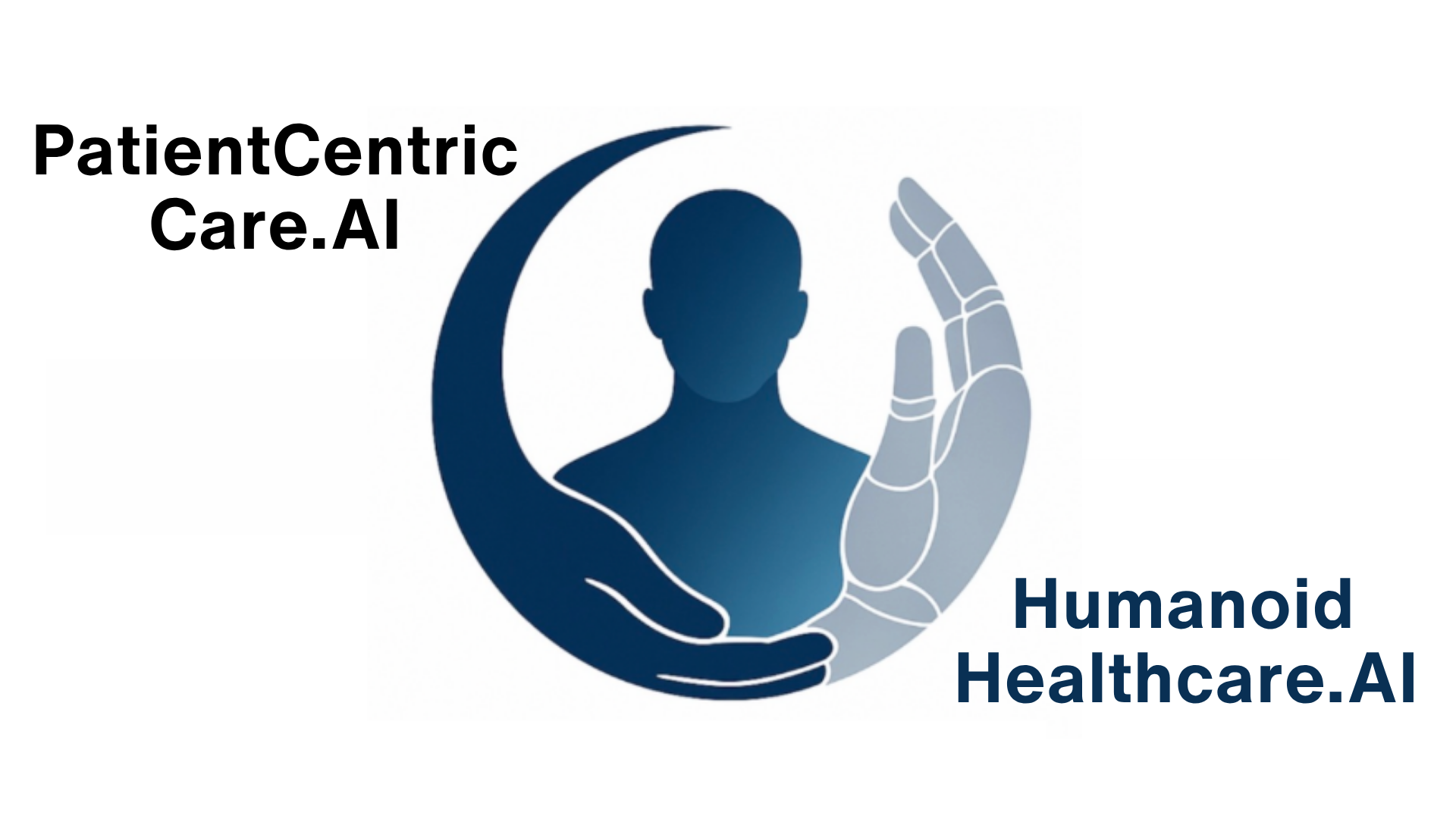The Robot Workforce Revolution: How Humanoids Are Replacing Human Jobs
Published: October 11, 2025
The long-predicted robot revolution is no longer a matter of science fiction. In 2025, businesses across various industries are deploying humanoid robots and AI agents to automate tasks, reduce costs, and enhance productivity. This is not just about a few isolated experiments; it is a fundamental shift in the nature of work, with profound implications for the global economy and workforce.
This article explores the key drivers of the robot workforce revolution, with real-world examples of how humanoids are replacing human jobs and delivering a significant return on investment.
The Rise of the AI-Powered Workforce
The convergence of advanced robotics, artificial intelligence, and affordable hardware has created a perfect storm for business automation. As Kellton notes in their 2025 analysis, we are entering an era of hyperautomation, where businesses are looking to automate as many processes as possible to stay competitive [1].
From manufacturing and logistics to retail and hospitality, humanoid robots are taking on tasks that are repetitive, physically demanding, or dangerous for humans. This allows human employees to focus on higher-value activities that require creativity, critical thinking, and emotional intelligence.
Real-World Examples of Robot Workers
The abstract concept of a robot workforce becomes much more tangible when you look at the specific applications being deployed today.
Key Industries and Use Cases: - Manufacturing: Robots are assembling products, performing quality control inspections, and transporting materials. - Logistics: Humanoid robots are picking and packing orders in warehouses, loading and unloading trucks, and managing inventory. - Retail: Robots are stocking shelves, cleaning floors, and even assisting customers. - Hospitality: From robot bartenders to automated check-in kiosks, the service industry is embracing automation.The Business Case: Cost Savings and ROI
The primary driver behind the adoption of a robot workforce is the compelling financial incentive. As highlighted by GenFuse AI, commercially validated AI agents are enabling significant cost savings and workflow automation [2].
A Simple Cost Comparison: - Human Employee: $50,000 - $100,000+ per year (salary, benefits, training, etc.) - Humanoid Robot: One-time purchase cost + ongoing maintenance (often a fraction of a human employee's annual salary)The return on investment (ROI) for robotic automation is often realized within 12-24 months, making it an attractive proposition for businesses of all sizes.
The Future of Work: A Collaborative Model
The rise of the robot workforce does not necessarily mean the end of human jobs. Instead, it points towards a future where humans and robots work together in a collaborative model. As Kodexo Labs suggests, the future lies in AI-driven analytics and multimodal interfaces that enable seamless human-robot interaction [3].
While robots will handle the repetitive and manual tasks, humans will be responsible for overseeing the automated workflows, managing exceptions, and driving innovation. This will require a significant upskilling of the workforce, with a greater emphasis on digital literacy, data analysis, and problem-solving skills.
The robot workforce revolution is here to stay. Businesses that embrace this transformation will be well-positioned to thrive in the automated economy of the future.
---
References
[1] Kellton. (2025). *AI Agents in 2025: A practical (Automation …)*. Kellton Tech Blog. https://www.kellton.com/kellton-tech-blog/ai-agents-and-smart-business-automation
[2] GenFuse AI. (2025). *7 Best AI Agents for Business Automation in 2025*. GenFuse Blog. https://genfuseai.com/blog/ai-agents-business
[3] Kodexo Labs. (2025). *Top Agentic AI Platforms 2025 | Business Automation Guide*. Kodexo Labs Blog. https://kodexolabs.com/top-agentic-ai-platforms/
---
About the AuthorAndy Squire brings over 30 years of experience in Big Pharma, specializing in Business Insights, Digital CX & IT. With Cambridge/INSEAD/Oxford AI education, Andy combines deep industry expertise with a unique perspective as a 2x cancer survivor. This lived experience informs his approach to understanding pain points in the customer journey and designing AI Agent solutions that deliver real impact for healthcare organizations and businesses.
Contact: [email protected] | AndySquire.AI